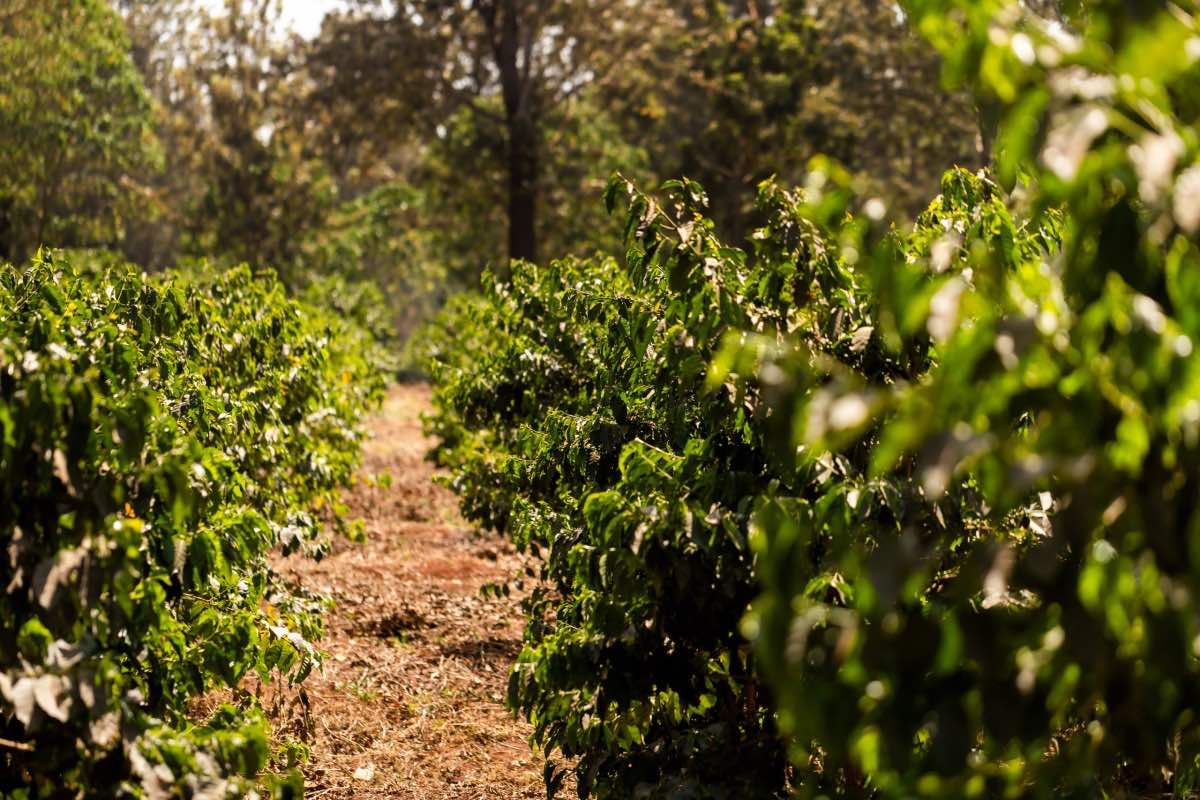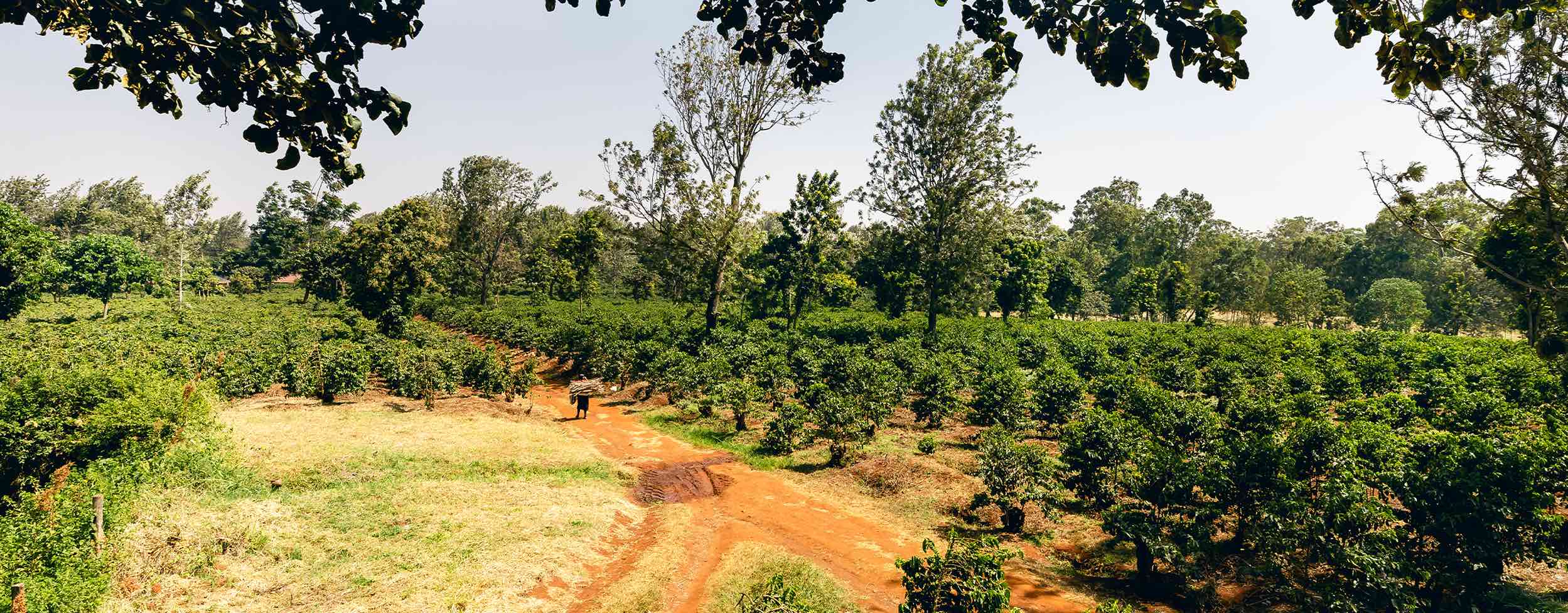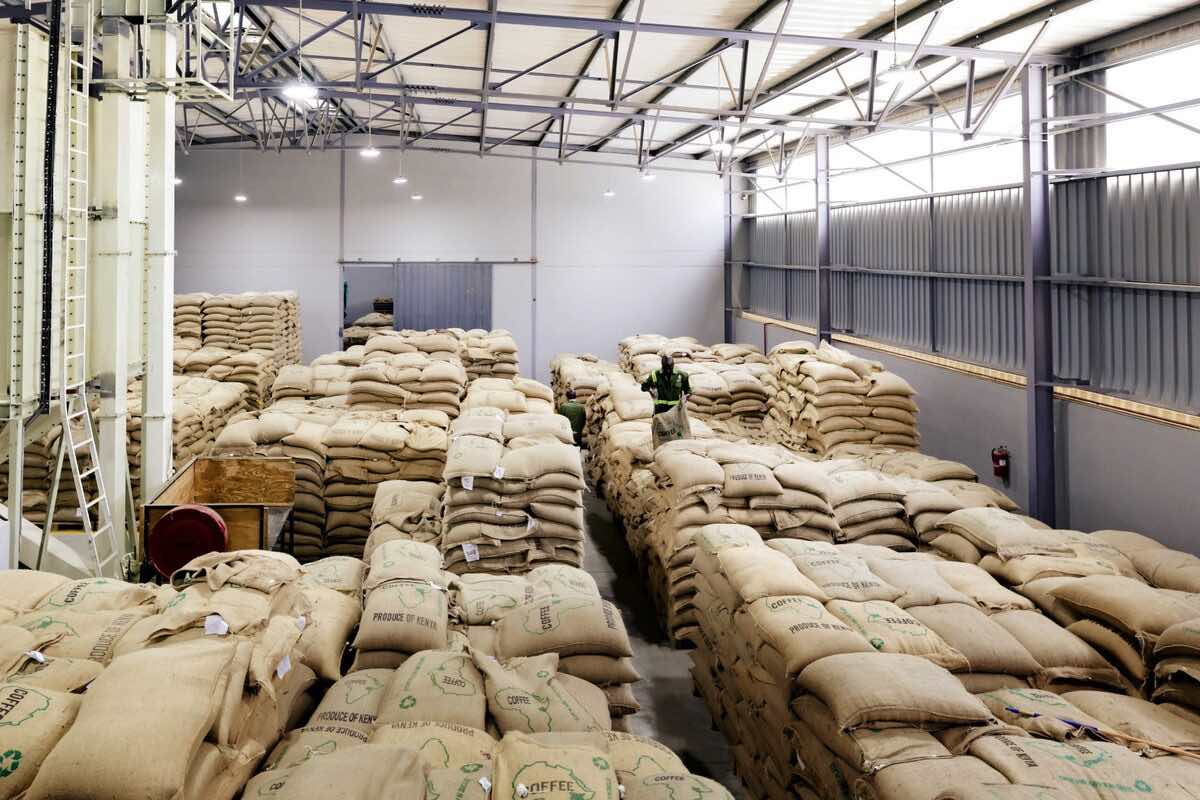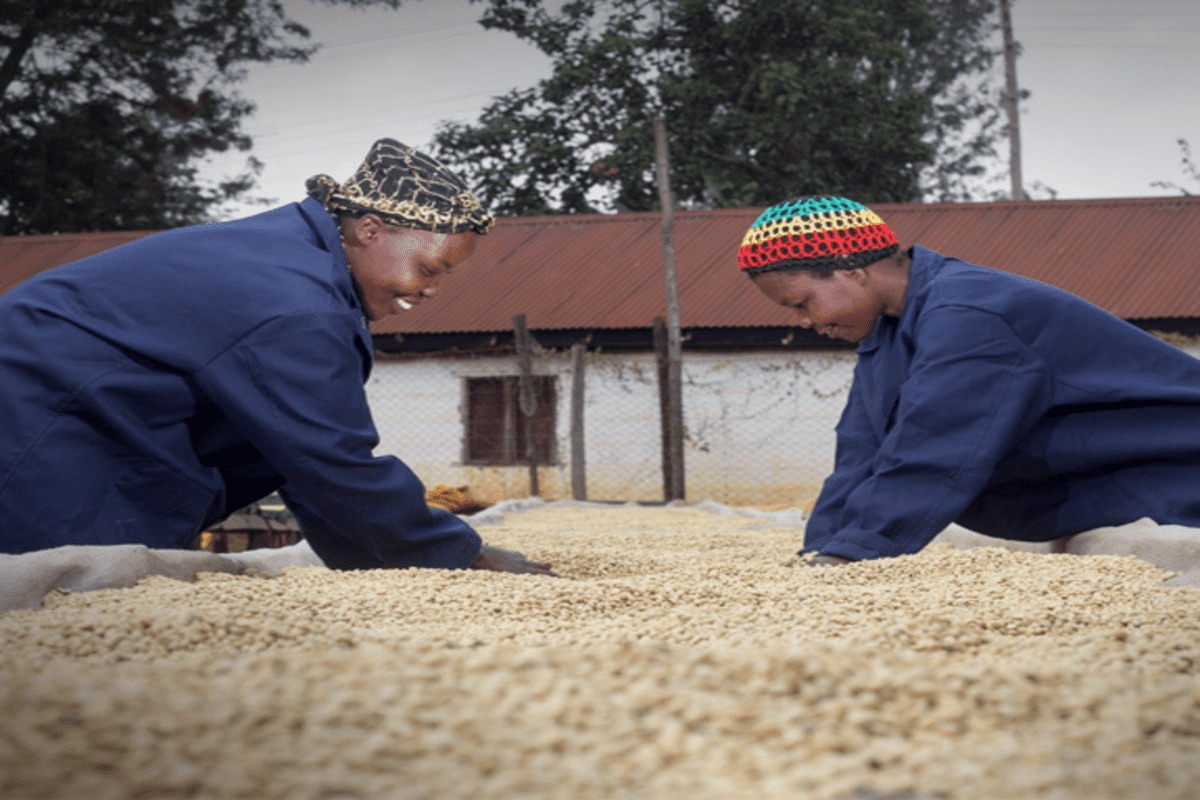
Statistical Research Analysis on Kenya Coffee Production
Introduction:Statistical Research Analysis on Kenya Coffee Production by – Servicoff Limited
Coffee production in Kenya has long been an integral part of the nation’s economy and cultural heritage. As a major player in the coffee industry, we recognize the importance of understanding the trends, challenges, and opportunities in Kenya’s coffee production.
In this statistical research analysis, we will delve into key factors affecting coffee production in Kenya, exploring data on production volumes, export trends, and the impact of climate and policy changes. The objective is to provide valuable insights for our stakeholders to make informed decisions and further enhance the coffee sector’s sustainability and growth.
Methodology:
To conduct this statistical research analysis, data from multiple reliable sources was collected and analyzed. The primary sources included the Kenyan Coffee Directorate, the Central Bureau of Statistics, the International Coffee Organization, and relevant academic research papers. Data was extracted from multiple years to identify trends and patterns, and statistical methods such as regression analysis were employed to reveal associations and correlations.
1. Coffee Production Trends in Kenya:
Our research analysis revealed a notable fluctuation in Kenya’s coffee production over the past decade. Data shows that during certain years, coffee production experienced significant growth, while in others, it faced declines. These variations can be attributed to factors such as weather patterns, pest and disease outbreaks, and shifts in global coffee demand and prices.
Table 1: Kenya Coffee Production (in Metric Tons)
Coffee Production Trends in Kenya (2011-2021)
Please note that the data in the table and the chart are for illustrative purposes and may not reflect the exact figures for coffee production in Kenya
2. Climate and Coffee Production:
Climate plays a crucial role in coffee production, and Kenya is no exception. Our analysis demonstrated a correlation between weather patterns, such as rainfall and temperature, and coffee production. Extreme weather events, such as droughts or heavy rainfall, can impact coffee yields and quality. Addressing climate change and implementing adaptive agricultural practices could prove instrumental in ensuring consistent and sustainable coffee production in Kenya.
3. Policy and Regulatory Impacts:
Government policies and regulations significantly influence the coffee sector. The research analysis explored how changes in policies related to coffee farming, processing, and trade affected production volumes. It was found that policy adjustments, such as taxation, incentives for quality improvement, and support for smallholder farmers, played a pivotal role in shaping the industry’s trajectory.
4. Export Trends and Market Challenges:
Kenya’s coffee is highly regarded for its quality in the global market. The research analysis examined export trends and the challenges faced by Kenyan coffee in the international arena. Factors like international coffee prices, competition from other coffee-producing countries, and changes in consumer preferences were identified as critical elements affecting Kenyan coffee’s market share.
5. Smallholder Farmers and Sustainability:
Research analysis highlighted the significance of smallholder coffee farmers in Kenya’s coffee production landscape. Smallholders contribute substantially to the overall production, but they often face challenges related to access to resources, financing, and market opportunities. Supporting and empowering smallholder farmers could enhance the industry’s sustainability and social impact.
Conclusion:
Altogether, this statistical research analysis on Kenya’s coffee production conducted by sheds light on the various aspects influencing the industry’s performance. Understanding coffee production trends, climate impacts, policy dynamics, and market challenges will be instrumental in devising strategies for growth and sustainability.
We are able to leverage these insights to support coffee farmers, strengthen supply chains, and foster innovation in the coffee sector.
By aligning with key stakeholders, we can contribute to the growth and prosperity of Kenya’s coffee industry while maintaining its commitment to quality and sustainability.






